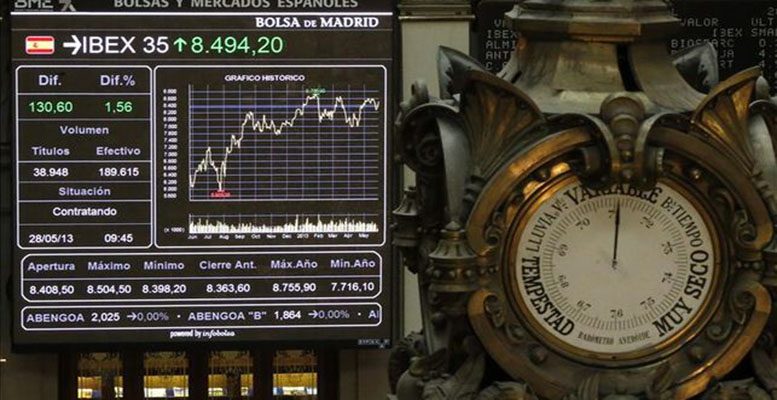The shareholder equity of the non-financial companies in the IBEX 35 increased by 26.8% between 2010 and 2017, while bank financing fell by 39% ending up well below the volume of financiation secured through fixed income instruments, which increased by 27.8% in the same period. These data are given in a report by Domingo García, Jaume Carbonell, Andrea Gómez and Jaime Gallar, the four coming from BME’s Economic Research Department. Currently, the capital and fixed income market instruments far exceed bank finance in the balance sheets of the major companies, although this has recovered a bit in 2017. It was not like this in the not too distant past or in a very bank dominated economy like Spain. The tendency can be extrapolated to other smaller listed companies. Specialised initiatives like the alternative stock market or or the alternative bond market are contributing to extend the benefits of diversifying the sources of financing towards market formulae which better stimulate economic growth and innovation.
In recent decades academic evidence has accumulated about the increase of bank financing and that channeled through capital markets towards companies which stimulate economic growth. To the extent that financing increases the development of the economy, the contribution to economic growth of bank financing loses importance and that of the capital markets increases. This is above all because “market financing is better at promoting innovation and productivity and in financing new sources of growth”.
The latest annual report of the Bank of Spain (BoS) echoes the change that is happening: “The financing structure of Spanish companies, including the majority of large companies, has traditionally been dominated by bank credit. In 2007, the loans amounted to 95% of the total debt (including fixes income securities) of non-financial Spanish companies”. “During the crisis, the process of baking disintermediation began, thus reducing the weight of baks in financing economic agents”. According to the data in the report, the weight of bank financing of non-financial companies has reduced to about 85% of their total debt in 2017, placing Spain below the level of bank financing of countries like Italy and Germany, and below the Eurozone average.
A recurrent debate in recent months has been whether this tendency to a greater diversification in financing both in Spain and in Europe is cyclical or is becoming structural. The answer will depend on the level of protagomism of the different factors involved. In the case of fixed income, among the temporary factors are the low interest rates, which reduce the cost of issueing bonds compared to loans, and the measures applied by the ECB as part of its Corporate Sector Purchase Programme (CSPP). In this case the reduction of interest rates applies not only to companies eligible for CSPP, but also are extended to bond issues by companies outside the ECB´s acquisition programme. Among the persistent factors which seem to influence the consolidation of the increase in financing through capital markets in Spain and Europe are the increased bank capital requirements, which can result in greater restrictions on credit; the development of capital markets specialising in smaller companies; or the European regulatory framework in which the Capital Market Union (CMU) seeks to offer companies new sources of financing and a reduction in costs. Additionally, factors like the development of risk capital, new technologies applied to finance (Fintech) or the so-called shadow banking, promote diversification of financing.





